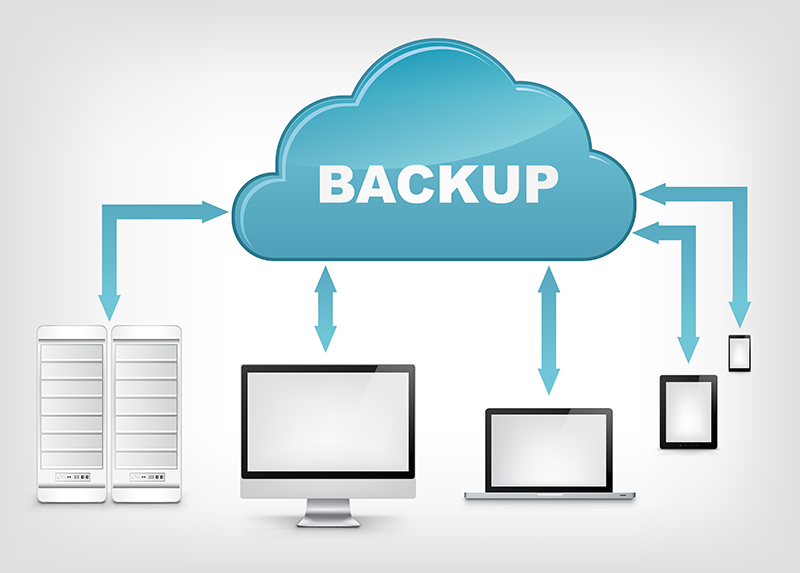Small Business Closing Employee Rights UK: Making Sure Fair Redundancy Pay
Checking Out the Operational Characteristics of Firm Redundancy and Its Long-Term Sustainability

Redundancy Approaches for Company Continuity
In order to make certain undisturbed operations, organizations should carry out efficient redundancy methods for business continuity. Redundancy in this context describes the duplication of essential components or functions within a system to alleviate the impact of potential failures. By including redundancy methods, companies can boost their strength against disruptions caused by numerous aspects such as all-natural catastrophes, devices failings, or cyber-attacks.
One usual redundancy method is the implementation of back-up systems and data storage space remedies. This entails creating duplicates of important data and systems that can be activated in situation of a primary system failing. In addition, companies can develop repetitive interaction networks and power sources to preserve connectivity and operations during unanticipated events.
In addition, cross-training staff members to execute multiple duties within the firm can serve as an important redundancy strategy. If crucial workers are not available due to disease or other factors, this makes sure that vital tasks can still be lugged out also. On the whole, efficient redundancy methods are essential for services to copyright operational connection and minimize the impact of possible interruptions.
Influence of Redundancy on Organizational Resilience
Provided the essential role redundancy methods play in guaranteeing organization connection, discovering the influence of redundancy on organizational durability comes to be critical for comprehending the alternative operational dynamics of a firm. Redundancy, when tactically implemented, can considerably contribute to improving a company's strength in the face of unforeseen challenges.
Furthermore, redundancy can foster innovation and creativity within a company as staff members really feel encouraged to take calculated risks, recognizing that there is a safety internet to support them in case of failing. Overall, the impact of redundancy on business resilience is profound, shaping the long-lasting sustainability and success of a business.
Stabilizing Efficiency and Flexibility in Redundancy
Achieving an unified stability between functional performance and adaptive adaptability is a crucial challenge in the critical deployment of redundancy within companies. Also much versatility without a solid functional structure can result in inadequacies and variance.
To balance efficiency and adaptability in redundancy preparation, organizations must carefully analyze their functional needs, market characteristics, and calculated objectives. Executing lean methods can improve performance by getting rid of and streamlining processes waste, while fostering a society of adaptability and continuous enhancement can boost versatility. Additionally, spending in cross-training programs and durable communication channels can assist cultivate a versatile workforce qualified of handling varied tasks throughout periods of transition. Eventually, locating the ideal balance between efficiency and adaptability is important for developing a sustainable and durable company despite unpredictability.
Long-Term Sustainability Via Redundancy Planning
To guarantee long-lasting stability and stability, organizations need to purposefully align their redundancy preparation Read Full Article with lasting sustainability objectives, thereby balancing operational performance with adaptive versatility. Companies ought to see redundancy not as a responsive option to prompt troubles yet as an aggressive approach for lasting success.

Positive Actions for Sustainable Business Procedures
Exactly how can firms proactively improve their operational sustainability for lasting success? Implementing aggressive procedures is vital for companies my link intending to ensure sustainable operations. One crucial technique is to spend in modern technology and innovation to improve procedures, reduce waste, and remain affordable on the market. Embracing sustainable methods such as reducing power consumption, reducing carbon footprint, and enhancing source usage can not just benefit the setting yet likewise cause set you back financial savings over time.
Furthermore, promoting a society of constant enhancement and discovering within the company can boost versatility to altering market problems and client needs. Encouraging employee participation in decision-making processes and offering opportunities for specialist advancement can boost spirits, efficiency, and general performance. Establishing clear objectives, keeping an eye on essential efficiency indications, and on a regular basis assessing progress are essential elements of proactive sustainability monitoring.
Collaborating with suppliers, consumers, and various other stakeholders to advertise lasting practices throughout the supply chain can produce a causal sequence of favorable impact - redundancy pay if company goes bust. By taking aggressive steps in the direction of operational sustainability, business can build strength, drive advancement, and secure their long-lasting success in an ever-evolving company landscape
Conclusion

In the world of organizational monitoring, the calculated deployment of company redundancy stands as a crucial yet complex method that necessitates a delicate equilibrium in between operational efficiency and long-term feasibility. By dissecting the operational dynamics that underpin company redundancy and reviewing its more comprehensive ramifications for organizational strength and adaptability, a nuanced understanding of how redundancy strategies can shape the future trajectory of a company starts to unravel.Given the vital function redundancy approaches play in making sure organization connection, exploring the effect of redundancy on business durability comes to be necessary for understanding the all natural operational dynamics of a company. In general, the effect of redundancy on business strength is profound, forming the long-term sustainability and success of a business.
In verdict, comprehending the operational characteristics of firm redundancy is crucial for ensuring long-term sustainability.